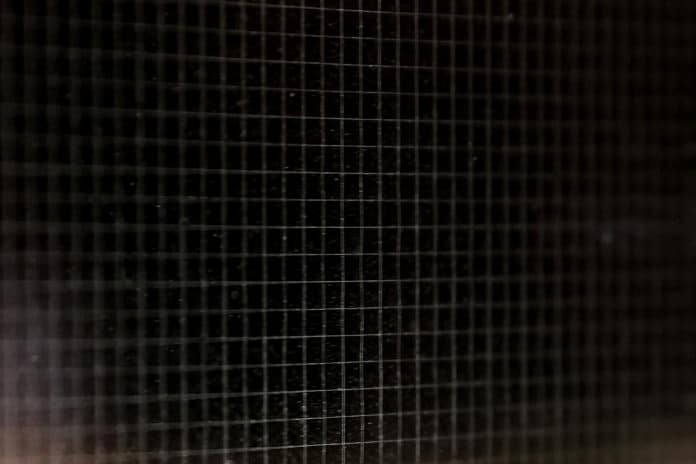Today, passengers expect uninterrupted Internet connectivity while traveling or at stations. That’s why railway companies have been using wireless systems such as signal boosters or repeaters for operational applications.
But those systems are quite expensive and consume lots of power. Plus, they are environmentally unfriendly and must be replaced every time there’s a new advance in wireless technology.
EPFL spin-off nu glass has developed a laser treatment that can be applied directly on the installed window panes to avoid the need for repeaters. They successfully tested a portable system that makes the window panes on railcars permeable to mobile communications.
When tested on a Swiss railway company (CFF) railcar at the Olten rail yard, the system delivered substantial cost benefits to railway companies and mobile-phone operators.
This laser treatment process engraves microscopic lines in the metal coating. This causes mobile-phone frequencies to pass through the lines without affecting the coating’s thermal insulation properties.
The system involves a laser encased within a portable casing. Operators need to attach this casing to a train window. After that, that laser will engrave a window within 15 minutes.
While coming up with this system, the challenging task was to get the laser to move with enough precision. The LESO-PB engineers thus integrated an optical measurement device that continually places the laser correctly.
Luc Burnier, founder and CEO of nu glass, said, “The optical device is what lets our system work effectively on curved windows, such as those on panoramic trains.”
“The next step will be to use it on a railcar in a train that travels around Switzerland so we can get feedback from passengers. Our goal is to eventually deploy our system across the country and elsewhere in Europe.”
